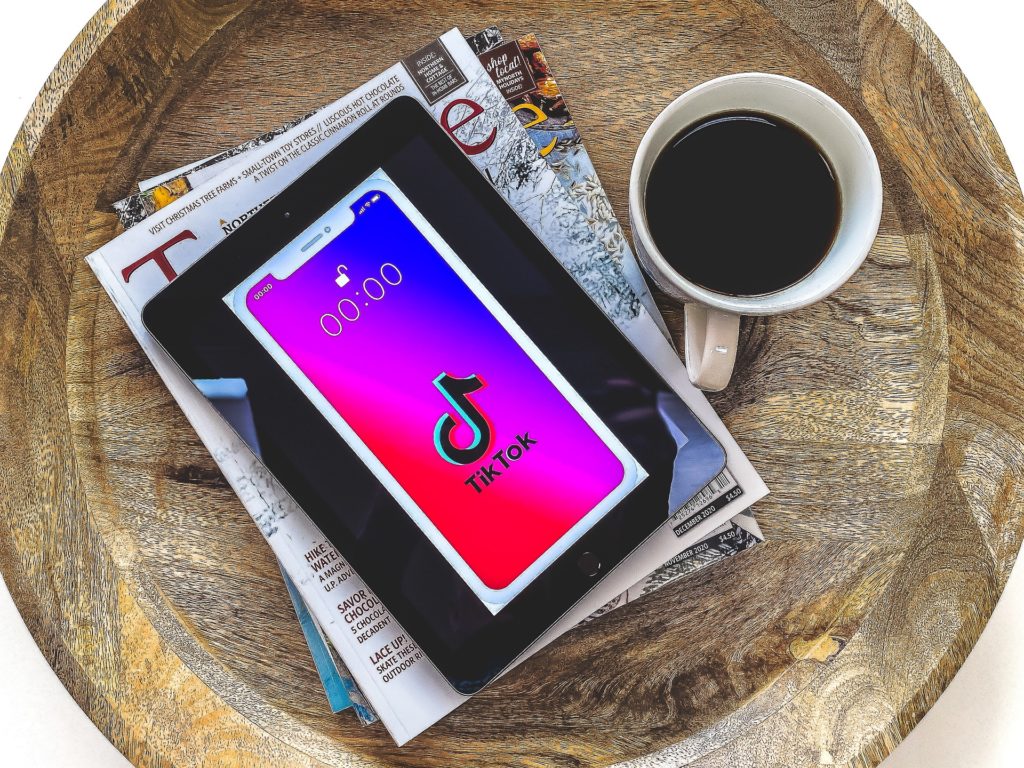Moodle, TeamSpeak, PBwiki, and a range of other tools are highlighted in a new collection of stories about e-collaboration experiences from IICD and PSO. But first:
Blog Spottings and other News
My posting last week about Open Educational Resources attracted a number of comments and e-mails. As a result I have updated that posting to expand the range of resources mentioned. The changes are noted in a postscript. I also encourage you to visit Jennifer Maddrell’s blog to read her postings on readings from the Introduction to Open Education course she recommends in her comment on Mission to Learn.
On a related note—because computers are, after all necessary to take advantage of online educational offerings—the New York Times ran an interesting story about Nicholas Negroponte’s One Laptop per Child program. To move things forward more rapidly, the program has introduced an well-known promotion tool: a buy one, get one free program. Now:
E-Collaboration Experiences
I had been planning to write about something else entirely when I came across I Collaborate, E-Collaborate, We Collaborate, a new eBook from the International Institute for Communication Development (IICD) and PSO, as well as an accompanying blog under the same name at https://icollaborate.blogspot.com.
The eBook details the experiences of 14 Dutch development organizations in using a variety of online collaboration tools to advance their work and offers some good insights and information for organizations—nonprofit or otherwise—that may be using or planning to use these or similar technologies. I think there are not yet enough case studies of how organizations are using collaborative technologies, so a blog posting to call attention to this collection of stories certainly seems worthwhile.
Among the technologies highlighted in the collection and the issues they were used to address are:
Del.icio.us, the social bookmarking tool, used (along with SuperGlu) by IICD itself to facilitate information sharing and knowledge management among colleagues at multiple organizations. (For more on social bookmarking, see Web 2.0 – In Plain English.)
TeamSpeak, a Web conferencing platform, used by ETC International Group for running large, dispersed online meetings.
Claroline, an open source “eLearning and eWorking” platform used by MDF for training and management of student competency portfolios
Dgroups, an online community application, used by KIT as a way of supporting and managing distributed groups and encouraging knowledge sharing and “debating.”
All of the above tools are free as are Moodle, PBwiki, and Skype, which were also used by one or more of the 14 groups involved. Some groups also made use of commercial tools like Groove or custom, proprietary applications.
One of the strengths of this collection is its emphasis on the very practical aspects of putting the tools to use—including issues that the groups encountered both technically and socially. The fact that messages from Dgroups are often marked as spam has been an issue for ICCO when using the tool, for example. “Another problem,” says Maarten Boers of ICCO,
is that people find it difficult to write their ideas or opinions in an e-mail to people they do not know very well, because they see it as a form of official publishing. That might also be the reason that—mostly in the South [of Africa]—the e-mails are written quite formally, with many lines devoted to just courtesy alone. In that way a real open discussion is very difficult or even impossible because formality “kills” open discussions. So what you see is that people use the DGroup as an address-list.
ICCO’s story reflects a common theme across all of the stories—a willingness simply to experiment and figure out what works, why, and how. As the publication’s authors put it, the organizations approached the use of e-collaboration from two perspectives: They either started with a tool and experimented with how it might be effectively applied within their organization, or they started with a process that needed to be improved and experimented to find the tool that would work best. In all cases, the effective sharing of information and building of relationships was at the core of the experimentation.
If this collection has a weakness, it is that editorial practices are not applied very consistently throughout. The first story, for instance, features a callout box highlighting The Tool (in this case Del.icio.us), What Can You Do with Del.icio.us?, and What Do You Need. This is a helpful convention, but it is not repeated with any consistency throughout the publication. Similarly, a callout titled Another Point of View is included in most, but not all stories. It can also be difficult to distinguish between interviewer and interviewee in the stories as only quotation marks—as opposed to indentation, italics, or other common conventions—are used to separate the two, an approach that can be a challenge with small, dense type. Finally, it would have been great if a brief synopsis of each interviewee’s background had been provided.
In spite of these relatively minor shortcomings, I think most organizations—regardless of tax status, mission, or location—will find at least some value in this collection of stories. I welcome any comments you have as you read them and also encourage you to share any stories about your own organization’s experiences in implementing e-collaboration practices.




